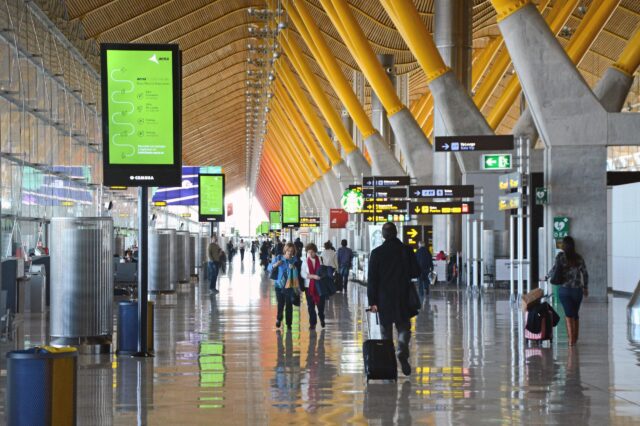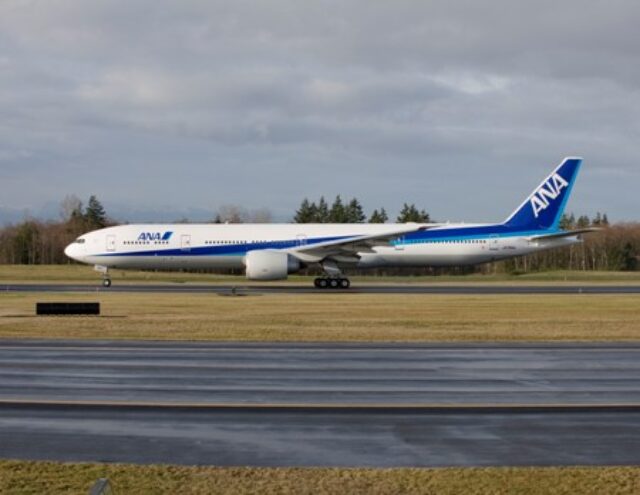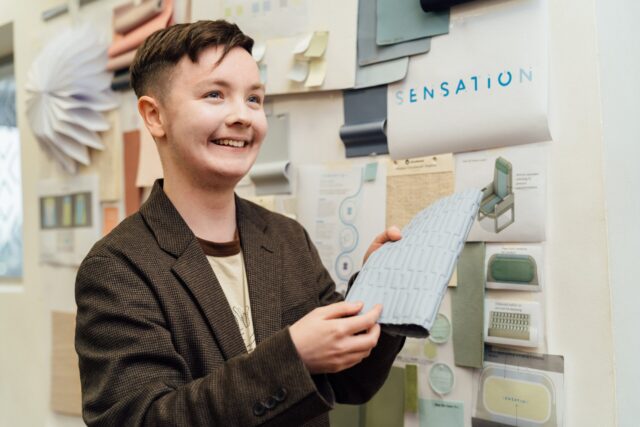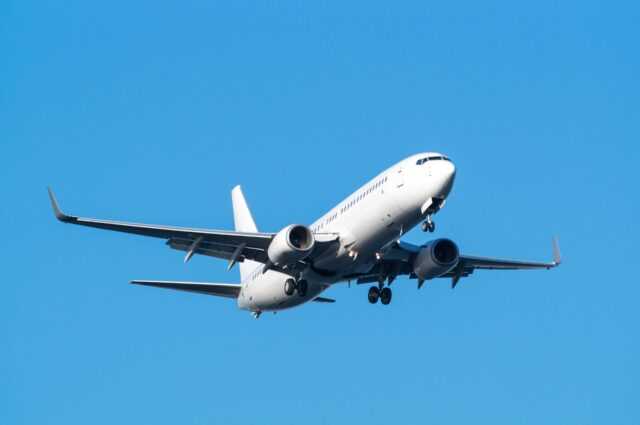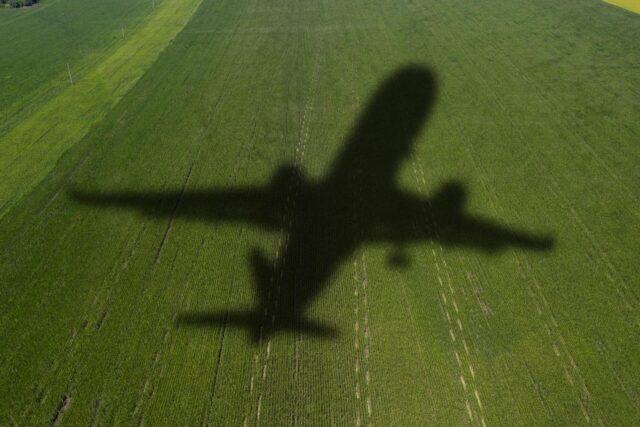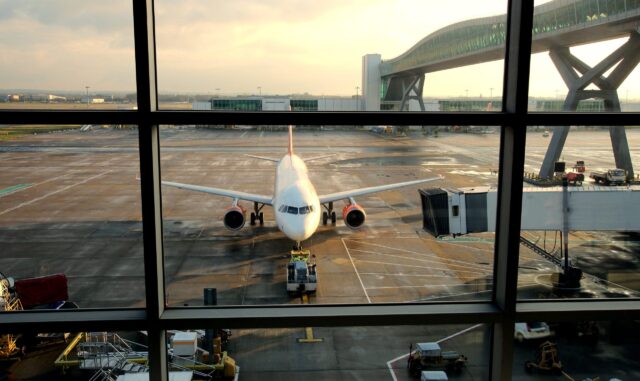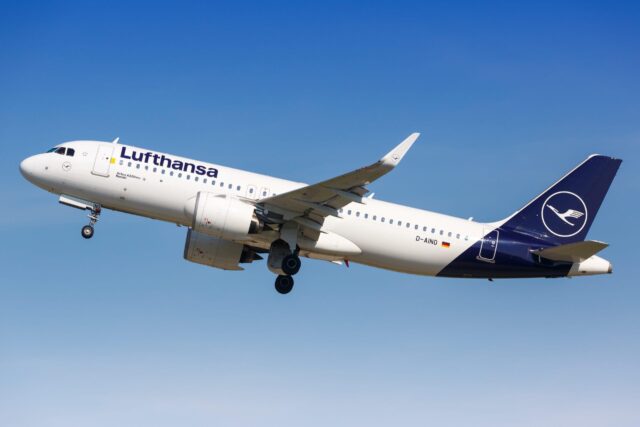Protector Progress for the RAF

The flight was made from RAF Waddington, Lincolnshire, the home of the RAF’s intelligence, surveillance targeting and reconnaissance (ISTAR) force, and took place on 7 February though it was not announced until 12 February 2025. The flight was made as part of Phase 3 flight activities for the Protector RPAS – the test and evaluation programme.
The flight was brief, with the RPAS taking off from Waddington’s runway and flying two circuits before landing. Commemorative photos were taken after the aircraft taxied back.

The flight was made by Protector RG.Mk 1 PR009, the first example delivered to Waddington, under the supervision of No.56 (Test & Evaluation) Squadron, supported by No.s 31 and 54 Squadrons. The flight of Protector was undertaken by an all-UK crew flying from the new RAF ground station building at RAF Waddington.
Wing Commander Podmore, Officer Commanding No.56 Squadron said that: “Today’s flight was a significant milestone and a culmination of a huge effort across the entire Protector enterprise. The flight test team, led by No.56 Squadron and supported by No.s 31 and 54 Squadrons, should be tremendously proud noting this event marks the start of key integration and operational testing for the platform.”

In total, the UK is investing in 16 Protector RG.Mk 1 Remotely Piloted Air Systems for the RAF. Beyond fulfilling current RPAS operational roles (the ISTAR and strike roles undertaken by the existing MQ-9 Reaper), the Protector will also be capable of operating within UK civilian airspace, supporting Military Aid to Civilian Authorities tasks. The Protector (also known as the certifiable Predator B) is the first remotely piloted aircraft capable of flying in all classes of airspace in the UK. The Protector is capable of operating anywhere in the world, and will fly at altitudes of up to 40,000 feet with an endurance of more than 30 hours. It can be deployed globally with minimal on-site support, and without being limited to segregated airspace, making it extremely versatile.
Waddington will act as the home of the Force and the site of launch and recovery to support domestic training. It will also host a NATO Flight Training Establishment for training international partners. The aircraft will be assigned to No.31 Squadron (‘The Goldstars’), whose markings are already applied to PR009, with the unit badge on the ventral tailfin and the squadron’s green and gold checkers on the forward lower fuselage. The tailcode ‘SM’ is also applied.
The first Certifiable Ground Control Station (CGCS) and simulator have already been delivered and installed at RAF Waddington. The first Air Vehicle (AV) was delivered in September 2023, and was assembled and tested by engineers from No.31 Squadron prior to beginning the rigorous test and evaluation programme, led by No.56 Squadron.
There are currently four air vehicles in the UK, with a further three being used for test and evaluation in the USA.




